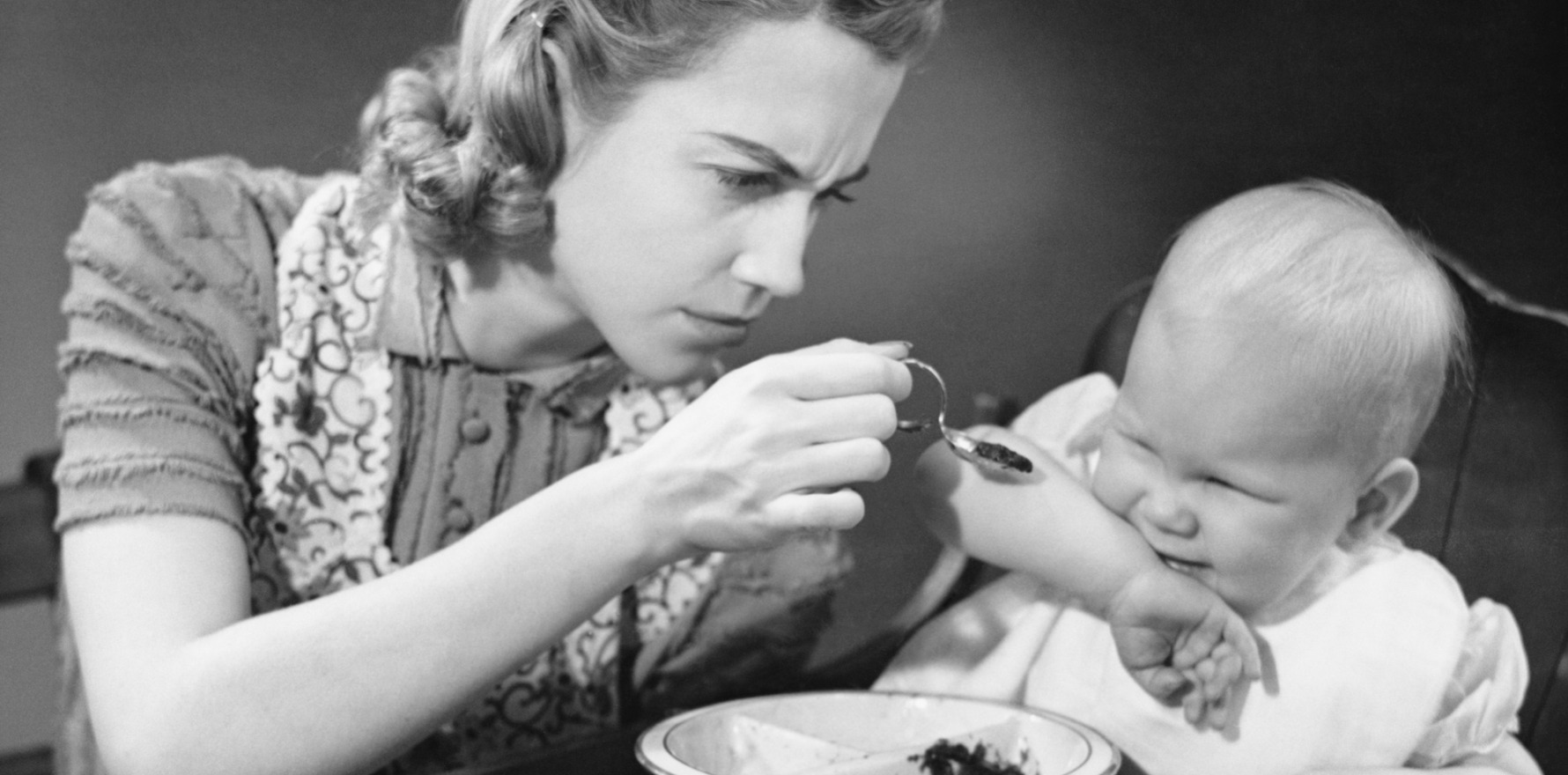Hospitalisations have stalled in young children, supporting an earlier introduction to allergens.
Controversial advice to introduce babies to potential allergens early in life appears to be vindicated, as the skyrocketing rates of hospitalisations have tapered off in children born after the guideline switch.
But experts say that other improvements to allergy care may also have helped.
Dramatically more children were being hospitalised for allergic reactions each year in the two decades prior to the guideline change, and this was the impetus to review parents’ and clinicians’ approaches to introducing allergens.
Prior to 2008, parents were told to avoid potentially allergenic foods, such as peanut, egg and cow’s milk, for the first year of a child’s life because of concerns about the immaturity of babies’ gut mucosal barrier.
The study compared national food anaphylaxis hospital admission rates for children born in three different periods: from 1998 to the first guideline change; from 2008 to a second guideline change; and those born after guidelines encouraged the introduction of potential allergens.
Prior to 2008, the number of children hospitalised for food allergy was growing by 18% per year.
But in 2008, the Australasian Society for Clinical Immunology and Allergy (ASCIA) infant guidelines dropped the restrictions on introducing potential allergens into young children’s diets. Then in 2016 it went a step further by encouraging the early introduction to potential allergens.
Now Australian research has shown that the yearly increase in hospitalisations dropped sharply in children born after the 2008 guideline change, with only a 6% increase each year. The drop was even more dramatic in children born after 2015, with hospitalisation rates increasing only 4% yearly in this cohort.
Associate Professor Kristina Rueter, deputy chair of the ASCIA Anaphylaxis Committee, said the paper provided some very interesting data, but the feeding guidelines were only “part of the picture”.
As a consultant paediatric immunologist and emergency physician, Professor Rueter sees children when they arrive in emergency with food allergy anaphylaxis, and then also in a follow-up role in private practice.
Many things had changed besides feeding guidelines in the period covered by the study, she noted.
“Our adrenaline guidelines have improved in the meantime, and it is very likely that often parents give the adrenaline at home … as education given to parents has improved.”
That may mean that allergic reaction rates were not reduced quite as substantially as the paper’s figures suggested, but instead could be the result of fewer children being admitted to hospitals.
“[The paper’s] conclusion is that admission is equivalent to severity of anaphylaxis. But that’s not true,” Professor Rueter said.
“We have lots of children here in our emergency department with anaphylaxis who never get admitted and are sent home. None of these children are coming up in these statistics.”
Admission usually depended on when adrenaline was administered, and that was often by parents or paramedics, Professor Rueter said.
The impact of feeding guidelines could not be viewed in isolation, and the role of GPs was crucial to providing “the whole package”, Professor Rueter noted.
That included educating parents, providing allergy and anaphylaxis action plans, prescribing the correct adrenaline autoinjector and instructing parents when to use it, and, in addition, making parents familiar with feeding guidelines, which now recommended an early introduction of allergic foods.
“As immunologists and also emergency physicians, we really appreciate working very closely together with GPs,” said Professor Rueter. “They see a big bunch of our patients.”
Journal of Allergy and Clinical Immunology 2022, online 21 January


